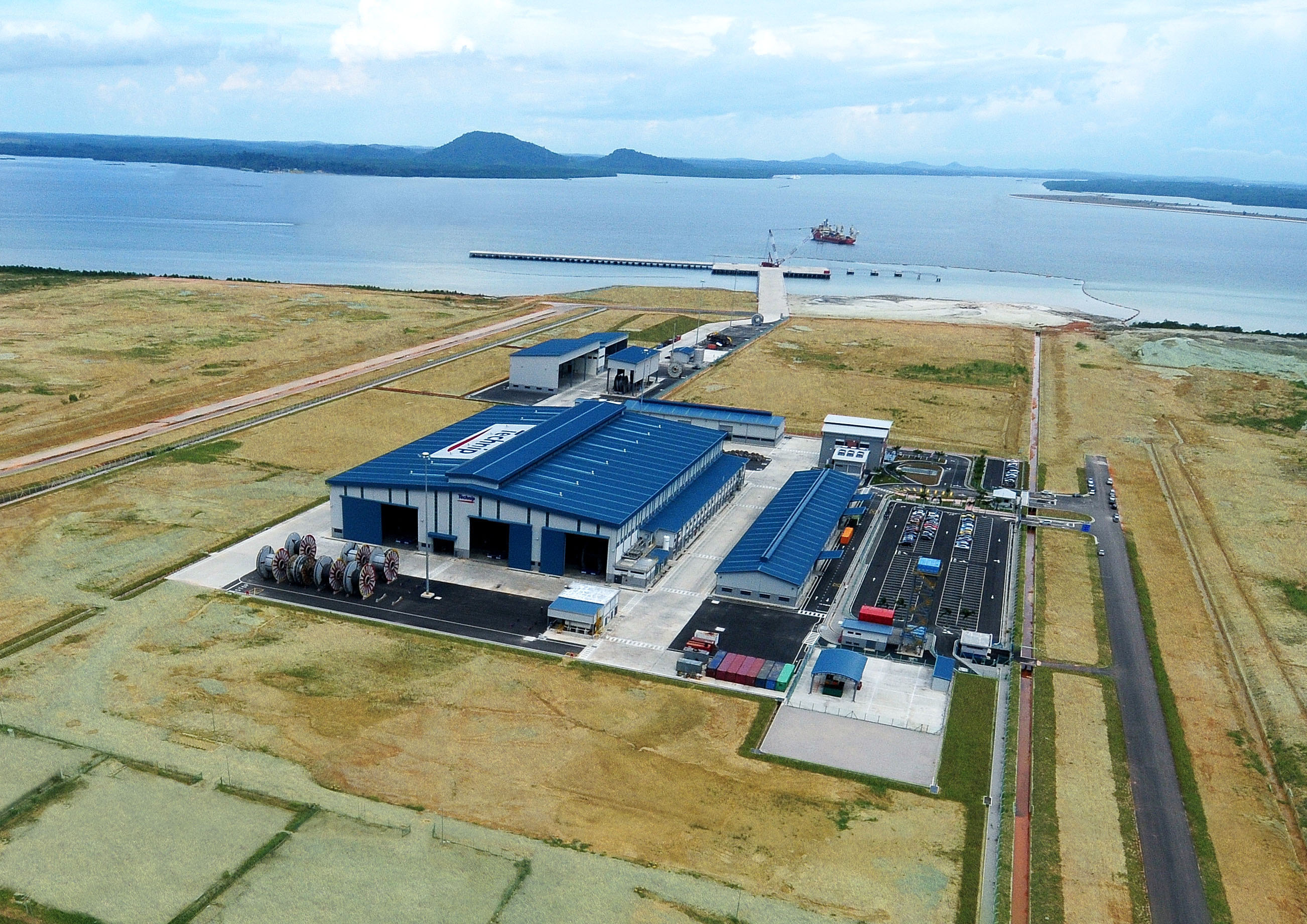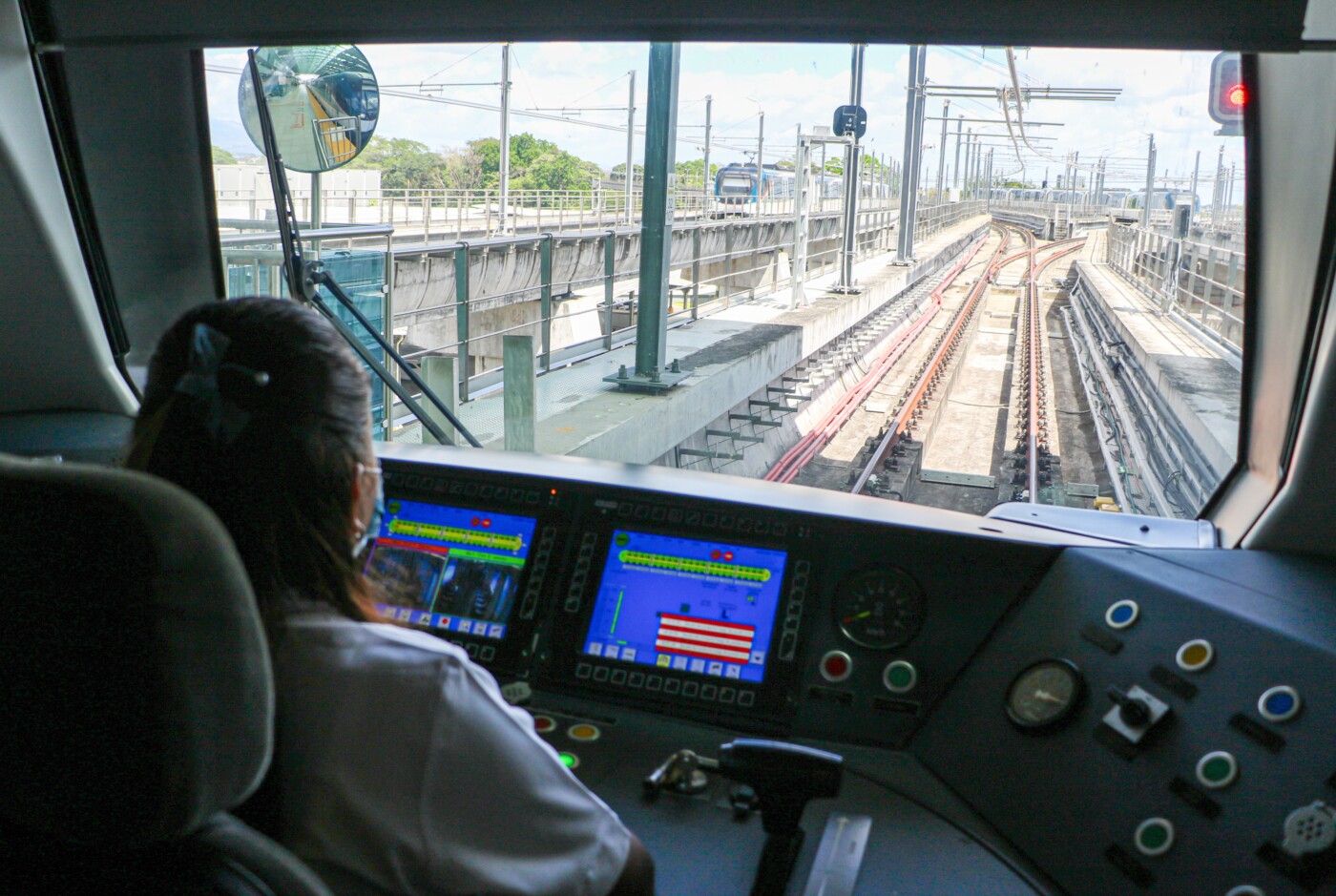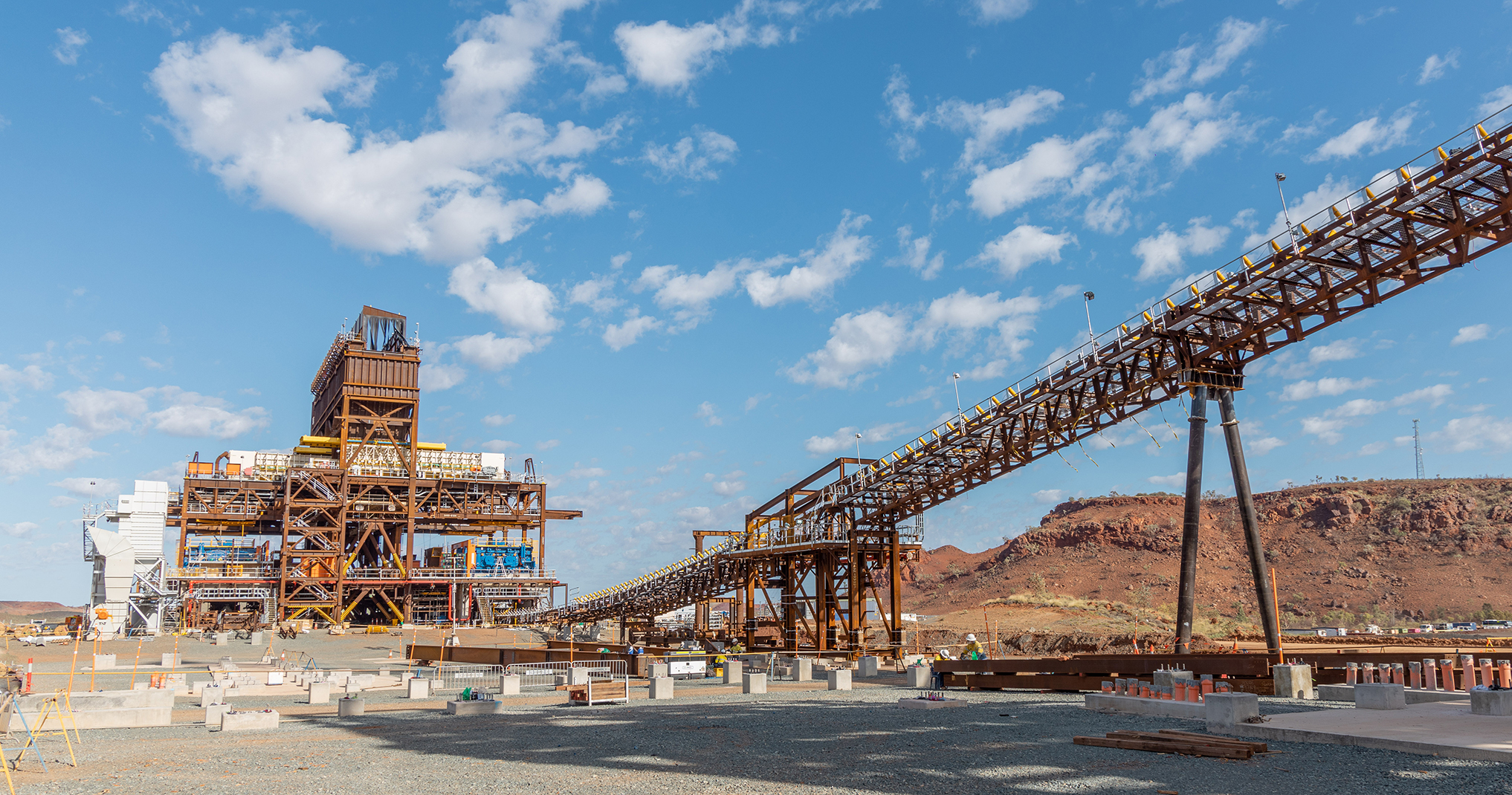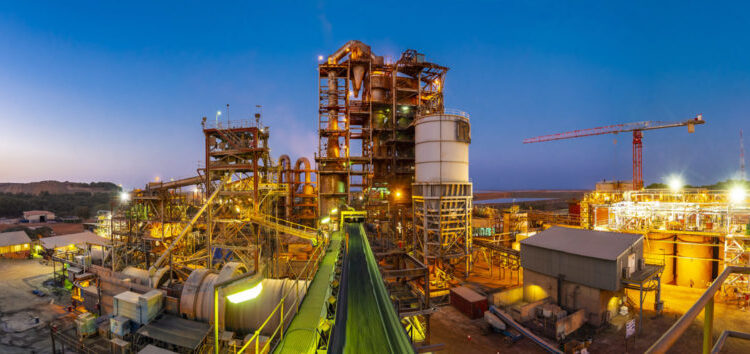
With a number of new subsea oil and gas mega-projects on the horizon in the Asia Pacific region, Technip is gearing up for growth. Hallvard Hasselknippe, COO of Technip’s Asia Pacific Subsea Division, talks to Gay Sutton about building people, assets and technology.
The Asia Pacific region is changing fast. Not only is the rapid pace of industrialisation buoyed up by economies that appear reassuringly resilient to the current spate of global economic convulsions, but there are promising new resources of one of the world’s most precious and sought after commodities: energy in the form of oil and gas.
As a world leader in the field of engineering, technology and project management for the oil and gas sector, Technip has a unique global footprint and a strong presence across the Asia Pacific region that dates back some 30 years. The company has regional offices in Perth, New Plymouth, Shanghai, Jakarta, Singapore, Bangkok and Ho Chi Minh City, and its operations are separated into three business segments.
The onshore segment provides engineering, technology, construction and project management for gas treatment and liquefaction (LNG), gas-to-liquid (GTL) and oil refining facilities, onshore pipelines and the petrochemical industry, and has recently diversified into biofuels, renewable energy and non-oil activities such as metals and mining.
The offshore segment specialises in engineering and fabrication of fixed shallow water platforms and floating deep water platforms including spar, semi-submersible, TLP, FPSO and floating liquefied natural gas (FLNG) units.
And finally the subsea business segment designs, manufactures and installs all the pipework and fixtures between the underwater well and the topside, from the initial design stage through manufacture and construction to commissioning. It is the continuous development of this underwater technology that is making oil and gas development possible in deepsea locations, particularly in areas that would previously not have been considered feasible. And this is an area of the business that is growing rapidly.
“The Subsea Division currently represents between 40 per cent and 45 per cent of the group business globally,” explains Hallvard Hasselknippe, COO of Technip’s Asia Pacific Subsea Division. “It is less mature here in the Asia Pacific. However, there is a huge market opening, particularly with the emerging deepwater fields in Indonesia and Malaysia. There are big fields in the tendering and construction phases in Australia such as the Ichthys and Gorgon gas fields off the north-west coast; and we are expecting deepwater projects off the coast of Brunei in the future. We believe the region could potentially become the biggest subsea market globally. Therefore we are strategically building our resources, developing our people both in numbers and competencies, and building our assets and technology.”
Technip Asia Pacific’s Subsea Division already has the capacity to manage complete mega-projects in addition to many smaller ones, and is able to leverage on the expertise, assets and financial strength of the group globally.
In terms of large-scale preparations for growth, the company has made one of the biggest investments in recent years into the Asia Pacific region with the construction of the Asiaflex Products manufacturing plant at Tanjung Langsat, Malaysia. Production at the new facility is project oriented: flexible pipe and umbilicals can be designed and engineered for specific projects and manufactured to a high specification using processes that have been developed by Technip globally over the last 35 years. “We have been ramping up the plant over the past year, and we’re now very close to where we want to be with efficiency and productivity,” states Hasselknippe.
Prior to this, the Asia Pacific region relied on products imported from the company’s other manufacturing sites around the globe. Today, the plant not only produces products for the local region, but exports them to Technip operations in Brazil, India and West Africa and is beginning to market flexible pipes as a cost effective alternative to rigid pipes.
Officially opened in November 2010, the plant sits alongside a new offshore logistics base that will become the hub of the region’s subsea operations. Located on 20 hectares of waterfront with direct access to all the major shipping routes to Asia and the rest of the world, the site also houses a fabrication yard producing subsea structures, and a dedicated quay equipped to accommodate and load most subsea construction vessels and barges.
A more recent addition to the company’s assets and knowledge base came with the acquisition of Global Industries, the Houston-based subsea pipe laying company, in December last year. The merger increased Technip’s fleet of vessels from 20 to 33 (with two under construction) globally, and expanded the workforce by some 2,300 people. “We’re very excited about the merger,” Hasselknippe says. “Global Industries has strong resources and expertise in Singapore and Batam, and one of the primary assets we will benefit from with the merger in this region is Global 1201, a newly built vessel with S-lay and heavy lift capabilities.”
One of the challenges that lies ahead for the Asia Pacific Subsea Division, particularly as the deepwater mega-projects come on-stream, is to increase its workforce ahead of the increase in demand, and to ensure it has the full array of skills and experience to operate to the highest standards.
“For me, it’s important that we are able to forecast our needs so that we can stay ahead. It’s too late to begin recruiting when you have a job to start, so we have been working on this for a while now,” says Hasselknippe. The recruitment, training and staff retention initiative is wide ranging, and includes taking on graduates, identifying suitably skilled and experienced expats, bringing in people from other parts of the organisation and working on training and team building.
One of the major areas of recruitment and training over the past 18 months took place as the Asiaflex Products plant was prepared for production. “Today, we employ more than 350 people at the plant, after starting from scratch 18 months ago. That involved a great deal of internal training—sending people to other plants in the group and bringing trainers to Malaysia from other areas of the group.”
This expansion of the assets and expertise within the Asia Pacific Subsea Division has been progressing at a steady pace for a number of years, strategically driven in preparation for an expected rapid growth in demand in the future. If the region does indeed become the biggest subsea market globally, Technip will be well prepared to supply the products and services required.



 Technip.Asia_.Pacific-EMEA-Jan12-Bro-s.pdf
Technip.Asia_.Pacific-EMEA-Jan12-Bro-s.pdf









